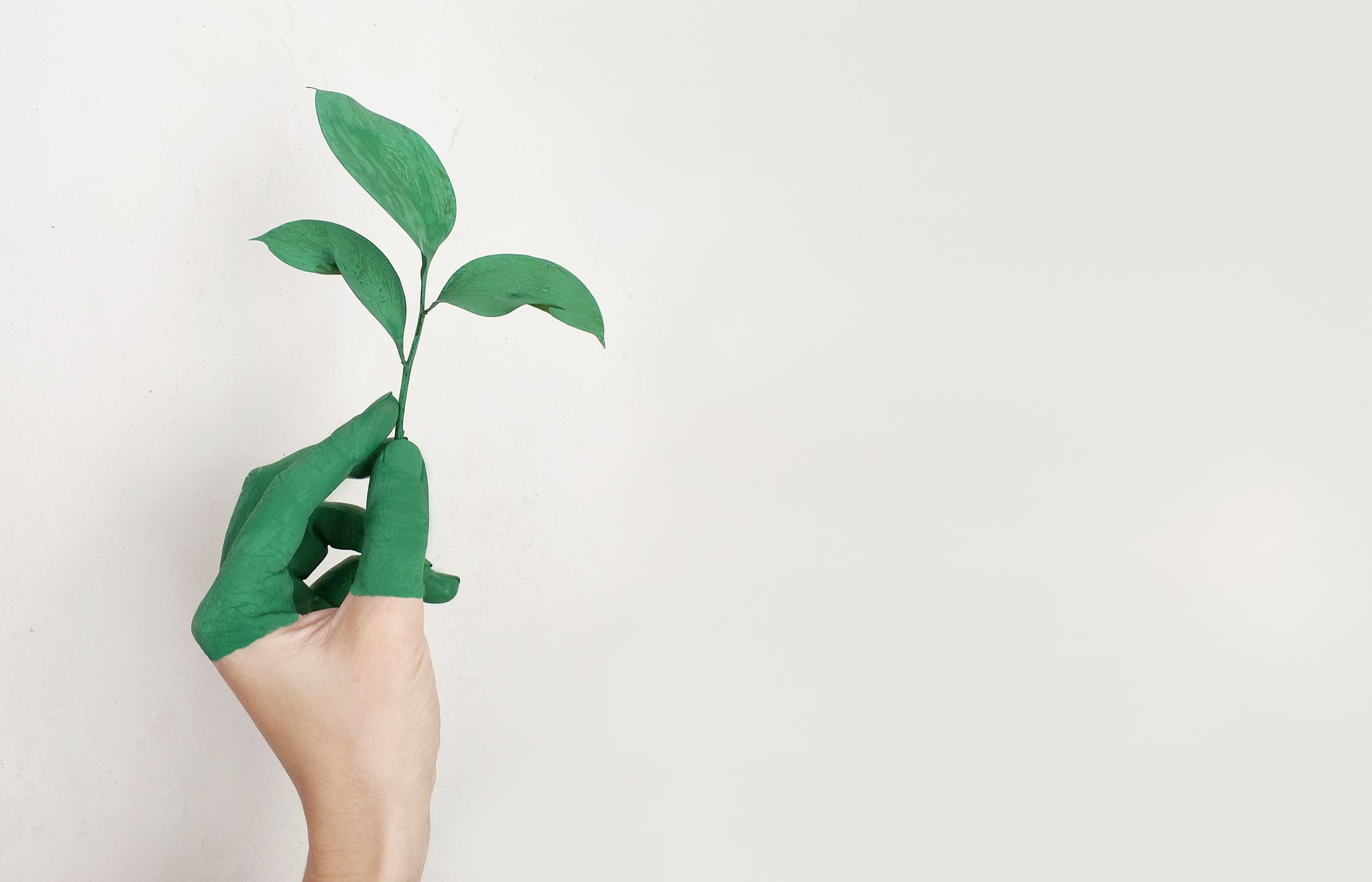The confusion around alternatives to plastic has been doing rounds of late, in the event of the Maharashtra Plastic Ban, 2018. According to popular opinion, the most sought-after alternatives are bioplastics, or simply put, plastics, which are biodegradable (or at least thought to be so). Tags like ‘I am not a plastic bag’ or Bio, compostable, degradable plastic bags are enough to lure an individual into making the run for that alternative, which will help him or her become eco-friendly. What do we know of labels though – they are deceptive and born out of repeated tagging of people or things, which might not be true but is definitely popular.

But let’s not make the mistake of blindly using these plastic bags labelled biodegradable or compostable, without knowing the reality. In this article, let us explore and understand the different types of plastics, which will help us make informed decisions and clarify doubts surrounding alternatives to plastics.
BIODEGRADABLE PLASTICS
They have different names such as oxy-biodegradable, photodegradable and have a chemical additive that helps in degradation of the plastic. These plastics convert into smaller particles (micro-plastic- which, BTW, is worse!) under the action of sunlight and air. They are made from petrochemicals and may take over 100 years to degrade. Furthermore, these bags become even more difficult to degrade, once they reach the oceans. The impact of biodegradable plastic is similar to that of a regular plastic that we are still using in our day-to-day lives and hence is far from an informed choice as an alternative to plastic.
BIOPLASTIC
Shakespeare had said, “What’s in a name?” – lack of awareness and mismanaged popular opinion around bioplastics will tell you; much more than you can imagine! Bioplastics are made from plant sources (cornstarch being the most common) and hence have the capacity to go back to the soil. However, to break down these bags one requires an environment wherein temperature, aeration and humidity are closely monitored and controlled, which is possible under lab conditions, and not your home compost.
Off late, products made out of bioplastics come with some repurposed plastic component to give it sheer strength and hence, are not suitable for the home-composting system. Again, there are about 13 different types of bioplastics in the market today which create more confusion. Therefore, bioplastics are far from a suitable alternative from plastics, perhaps a worse one given the lack of awareness surrounding their properties.
So how safe are these bags to use and dispose off at will?
The answer is clear, NOT AT ALL! None of the plastics discussed above is a practical solution to the problem of plastics, and in fact are equally problematic. In India, we do not have a strong regulatory body or system on how manufacturers can or cannot label their plastic bags or to even manage these plastic bags. As consumers, it’s time we begin to see terms like ‘Bio’, ‘compostable’, ‘organic’ or ‘green’ with a different lens.
These buzzwords used by manufacturers make a layman feel like he or she is being a responsible and eco-friendly consumer; however, the reality could not be any further from the truth.
 Why we need to initiate change at ground level, and how?
Why we need to initiate change at ground level, and how?
Heavy jargons and big brands can easily fool consumers and it is you and I who are at a loss. As segregation of waste is not a common practice in Indian households, use of these plastics leads to clogging and choking of sewage or they end up being consumed by animals; in all probability, they are being disposed off as irresponsibly as were their plastic counterparts.

